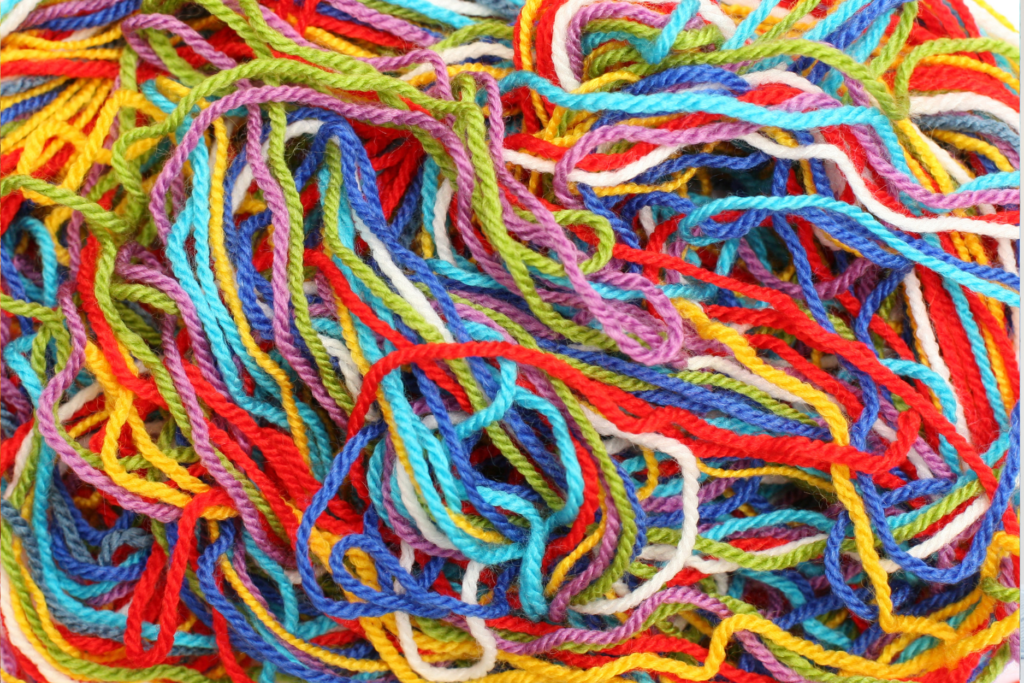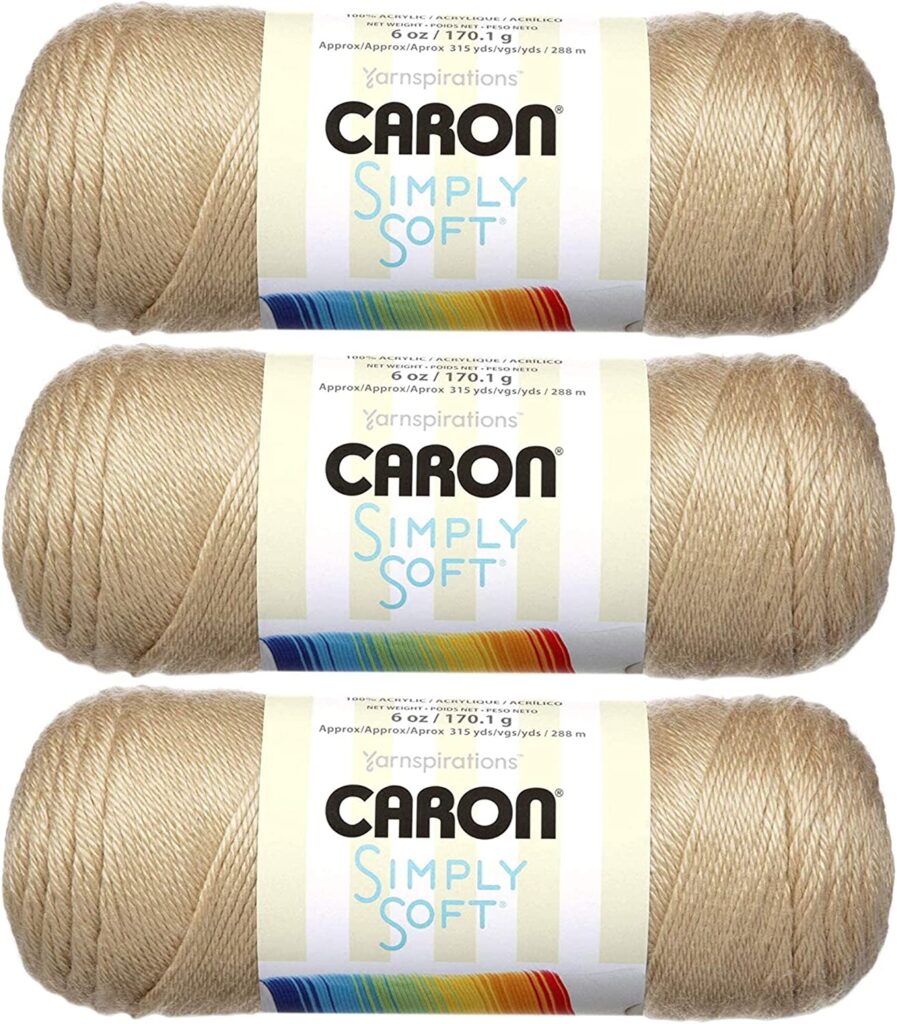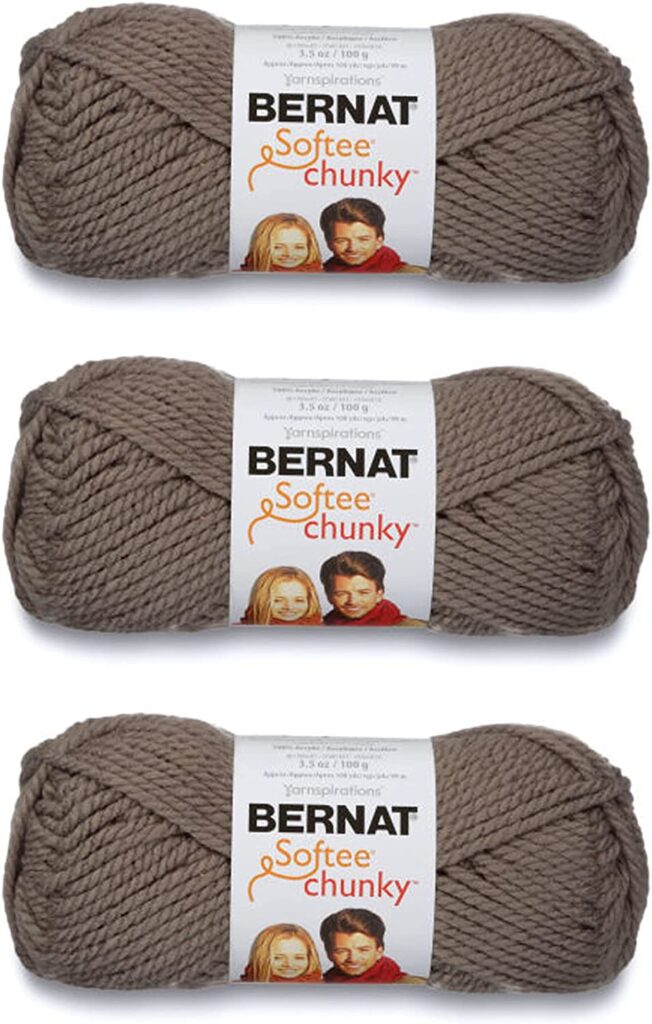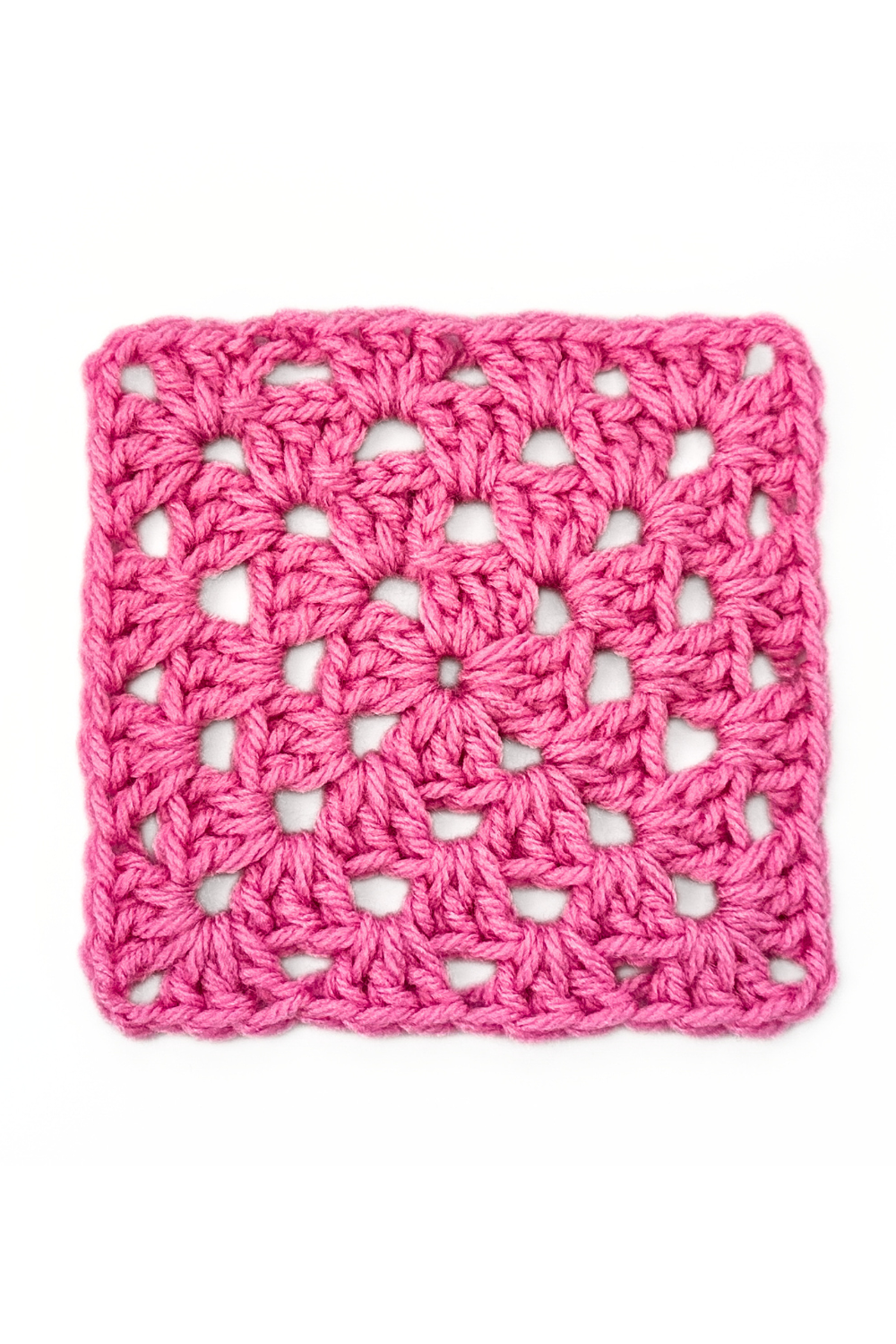
As a crochet enthusiast, you might have asked yourself, “Is acrylic yarn good for crochet?” The answer to this question isn’t a simple yes or no. Acrylic yarn has its advantages and disadvantages, and in this article, we’ll explore both. By the end, you’ll have a better understanding of whether acrylic yarn is the right choice for your crochet projects.
Is Acrylic Yarn Good for Crochet?
What is Acrylic Yarn?
Origin and Manufacturing
Acrylic yarn is a synthetic material made from polymers derived from petroleum. It was first developed in the mid-20th century as a cheaper alternative to natural fibers like wool, cotton, and silk. Acrylic yarn is produced by melting the polymer pellets and then spinning the resulting fibers into yarn.
Key Properties
Acrylic yarn has several properties that make it an attractive option for crochet projects. It’s lightweight, durable, and resistant to wear and tear. Additionally, it’s available in a wide range of colors, making it easy to find the perfect shade for any project.
Pros of Acrylic Yarn

Affordability
One of the main advantages of acrylic yarn is its affordability. Compared to natural fibers, acrylic yarn is generally less expensive, making it an attractive option for those on a budget or for large projects that require a significant amount of yarn.
Durability
Acrylic yarn is known for its durability, which makes it ideal for projects that will be exposed to wear and tear. It resists fraying, fading, and pilling, ensuring your creations will maintain their appearance over time.
Colorfastness and Variety
Acrylic yarn is available in a wide array of colors, and it holds its color well. This means your crochet projects will maintain their vibrant hues even after multiple washes.
Hypoallergenic
For individuals with allergies to natural fibers like wool, acrylic yarn is an excellent alternative. It’s hypoallergenic and less likely to cause irritation or allergic reactions.
Easy Care
Acrylic yarn is easy to care for, as it’s machine washable and dryable. This makes it a convenient choice for items that will be used regularly, such as blankets or clothing.
Cons of Acrylic Yarn

Although acrylic yarn has lots of pros, there are also a few downsides:
Environmental Impact
One of the main disadvantages of acrylic yarn is its environmental impact
One of the main disadvantages of acrylic yarn is its environmental impact. Being a synthetic material, it’s derived from non-renewable resources like petroleum. Additionally, the manufacturing process can contribute to air and water pollution. Acrylic yarn is also not biodegradable, which means it can persist in landfills for a long time.
Feel and Drape
While acrylic yarn has improved over the years, it still may not have the same luxurious feel and drape as natural fibers like wool, cotton, or silk. Some people find acrylic yarn to be less soft and more stiff, which could affect the final look and feel of your crochet project.
Heat Sensitivity
Acrylic yarn is sensitive to heat and can melt when exposed to high temperatures, like an iron or a hot dryer. This means you need to take care when washing and drying acrylic yarn projects to avoid damaging them.
Lack of Breathability
Compared to natural fibers, acrylic yarn is less breathable, which can make finished crochet items feel warmer and less comfortable to wear, especially in hot or humid climates.
Our Top Pick Acrylic Yarns

A budget-friendly, versatile acrylic yarn, perfect for various knitting and crochet projects, known for its durability and wide color range.

An ultra-soft, premium acrylic yarn with a silky touch, offering an extensive color palette, ideal for creating comfortable garments and accessories.

A plush, bulky-weight yarn that provides excellent stitch definition, perfect for creating cozy blankets, garments, and accessories in a snap.
Best Uses for Acrylic Yarn in Crochet
Despite its drawbacks, acrylic yarn can be an excellent choice for certain crochet projects. It’s well-suited for items that require durability and easy care, such as:
- Home décor items like afghans and throw pillows
- Children’s toys and blankets
- Outdoor accessories like picnic blankets
- Clothing items that don’t require a high degree of breathability
Alternatives to Acrylic Yarn
If you’re not sure whether acrylic yarn is right for your crochet project, consider some alternatives. Natural fibers like wool, cotton, and silk offer unique benefits and may be more suitable for certain projects. Blended yarns, which combine acrylic with natural fibers, can also provide the best of both worlds in terms of affordability, durability, and feel.
For more on the best yarns for your next crochet project, check out our articles:
The Best Yarn for Crochet Summer Clothing
Best Cotton Yarn for Crochet: The Complete Guide
Does It Matter What Yarn You Use for Crochet?
Is Acrylic or Cotton Yarn Better for Crochet?
Final Thoughts
Acrylic yarn has its pros and cons, but it can be a good choice for many crochet projects. Its affordability, durability, and ease of care make it an attractive option for a variety of applications. However, its environmental impact and lack of breathability might make it less suitable for some projects.
Ultimately, the decision to use acrylic yarn for crochet depends on your project’s specific needs and your personal preferences.
FAQs
- Is acrylic yarn safe for babies? Yes, acrylic yarn is generally safe for babies. It’s hypoallergenic and easy to care for, making it a suitable choice for baby blankets and toys. However, some people prefer natural fibers like cotton for baby projects due to their breathability and softness.
- Can acrylic yarn be used for dishcloths? While acrylic yarn can be used for dishcloths, it’s less absorbent than other materials like cotton. Cotton yarn is generally the preferred choice for dishcloths due to its absorbency and durability.
- Does acrylic yarn stretch? Yes, acrylic yarn can stretch, but it typically maintains its shape well after washing and drying. Be sure to follow the care instructions for your specific yarn to prevent any issues.
- How do I soften acrylic yarn? You can soften acrylic yarn by washing it with fabric softener or using a vinegar solution. Some people also recommend steaming the finished project to help relax the fibers and create a softer feel.
- Is acrylic yarn vegan? Yes, acrylic yarn is considered vegan, as it’s made from synthetic materials and not derived from animals. If you’re looking for a cruelty-free yarn option, acrylic is a suitable choice.
-
Garden Fairy Crop Top FREE Crochet Pattern
Want the full AD-Free, printable PDF version of this pattern? Click here to get it on Etsy The Garden Fairy Top is a fantastical and…
-
Easy Crochet Granny Square Pattern + Video Tutorial
Mastering the crochet granny square is a great way to build your crochet skills while creating a timeless design that’s perfect for a wide variety…



2 comments
Comments are closed.